 You’ve heard of 3D systems and its new desktop printer, the Cube. You’ve heard of MakerBot and Reprap and countless other home 3D printers. But coming soon are the Creatr and Xeed, from Leapfrog (not to be confused with the educational technology giant). Founded by Martijn Otten, Leapfrog began as “the Xeed project” in August of 2011. Mr.
Otten, along with an industrial designer, saw that the current
professional 3D printing market was (and still is) overpriced and is in
desperate need of a “sleek”, user-friendly, and affordable machine. They
teamed up with Mr. Otten’s university friend Maarten Logtenberg, who
was attempting to create a 3D printer for more of a
home/semi-professional setting, and began Leapfrog in order to supply
both sides (professional and home use) of the market.
You’ve heard of 3D systems and its new desktop printer, the Cube. You’ve heard of MakerBot and Reprap and countless other home 3D printers. But coming soon are the Creatr and Xeed, from Leapfrog (not to be confused with the educational technology giant). Founded by Martijn Otten, Leapfrog began as “the Xeed project” in August of 2011. Mr.
Otten, along with an industrial designer, saw that the current
professional 3D printing market was (and still is) overpriced and is in
desperate need of a “sleek”, user-friendly, and affordable machine. They
teamed up with Mr. Otten’s university friend Maarten Logtenberg, who
was attempting to create a 3D printer for more of a
home/semi-professional setting, and began Leapfrog in order to supply
both sides (professional and home use) of the market.
Indeed, as Mr. Otten told us, “The purpose of
Leapfrog is to bridge the gap between the current state of technology of
3D printers and the future of 3D printing as a whole. We aim to deliver very easy to use, plug and play devices that look awesome. Our
drive is to become a worldwide-recognized brand name, capitalizing on
the high growth in the market for 3D printing and to take 3D printing to
the next level. We strive to deliver devices, which make
high quality printed products available to a much broader customer base
at an affordable price. This customer is central and should not have to deal with understanding the technology. [Instead, it is our goal to let] them do what they do best: designing and creating new cool things.”
For these reasons, Leapfrog knew that a new option in the market would be hugely beneficial. Even
though there are many other 3D printers on both the commercial
(professional) and entry-level markets, Mr. Otten saw problems with both
options. The commercial or professional printers are
usually expensive, while the personal, entry-level printers are
characterized as cheap, unreliable, with small build areas and can be
time consuming in their learning curves. (And on top of all that, this all results in 3D objects with bad print quality.) “In
almost all cases, an external computer is required [in order] to be
connected to the printer to control the machine and convert STL files.”
Out of this frustration with the industry, Leapfrog built the Creatr and Xeed printers. The Creatr is their entry-level 3D printer and uses FDM. It is made out of laser-cut aluminum parts and has been designed with a reliable hot-end for extrusion. Dual extrusion is also available, which means that you can print 3D objects with different colors. The
aluminum parts it was created with help the Creatr look attractive,
which Mr. Otten felt was lacking in other 3D desktop printers. (We certainly agree with him there.) Its software is all open-source, meaning that it’s free and updated regularly.
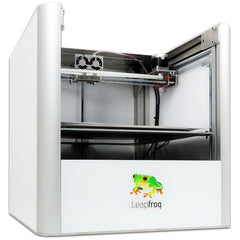
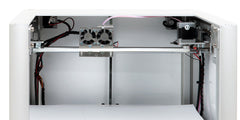
Leapfrog Creatr
The Xeed printer is bigger and has a lower minimum layer thickness, allowing more detail in the objects it prints. In order for their customers to more easily understand the software, Leapfrog integrated a tablet computer into the Xeed. This computer has a touch screen and is connected to the internet via wifi, with its own email address. “You email your STL file to the Xeed and it is automatically converted to the correct code (gcode) for printing. There is no need to hook up a computer or install any software.”


Leapfrog Xeed
Though there aren’t many limitations if a customer
buys a Creatr or Xeed with dual extrusion heads, Mr. Otten recommends
using water-soluble plastic in the second extrusion head to support
overhangs in the objects they print. His personal favorite creation from the printers so far is his iPhone cover. “Digital
fabrication,” (in other words creating objects with these printers),
“suddenly provides us with a new business model: risk is free, no
startup costs, and product without inventory.”
In the future, Mr. Otten foresees Leapfrog printers
that have even higher resolutions and the ability to make objects out
of different types of materials, not just plastic. Leapfrog
is also currently working with a polymer specialist in order to develop
different types of filament with unique characteristics. “We are working on several very interesting projects, a couple of world firsts. But you will have to wait and see! [Towards] the end of 2012 we will be bringing out some more industry-changing machines and applications.”
Mr. Otten deeply believes that 3D printing will
become an even more vital market in the years to come, for one very
simple reason: “In an age in which the news, books, music, video and
even our communities are all the subjects of digital dematerialization,
the development and application of 3D printing reminds us that human
beings have both a physical and psychological need to keep at least one
foot in the real world. As the availability of 3D
printers, 3D models and related applications grow, my personal opinion
is that in the next few years we will see 3D printing snowballing to
become a part in everyone’s daily life as the 3D printing revolution
unfolds, and Leapfrog wants to be at the frontline throughout every part
of it.”
source: http://replicatorworld.com



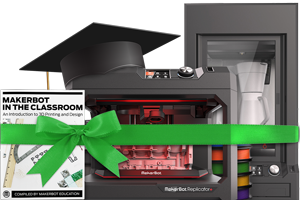
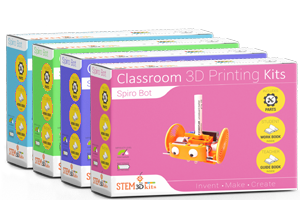

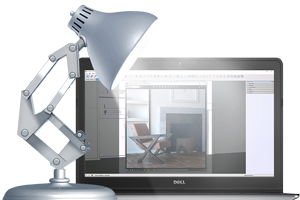
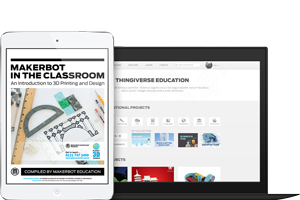
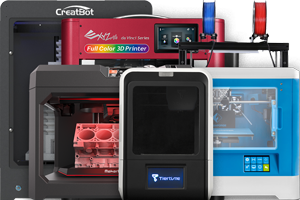

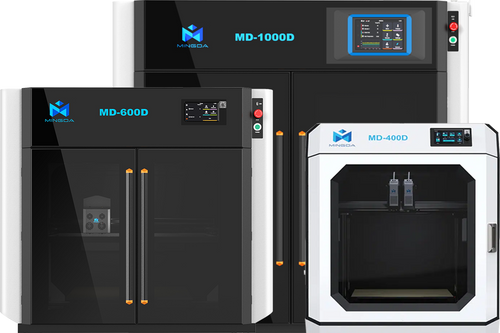
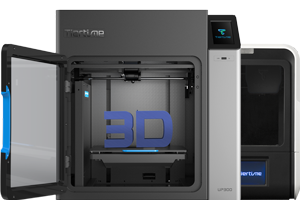
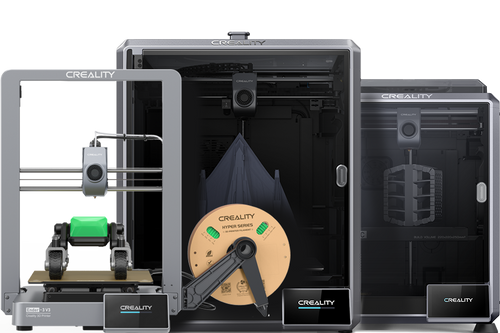
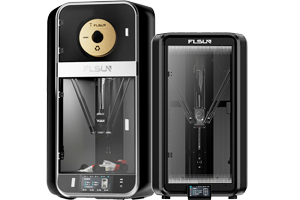
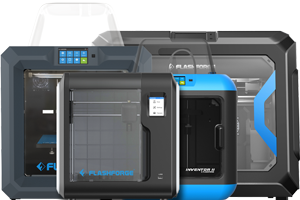
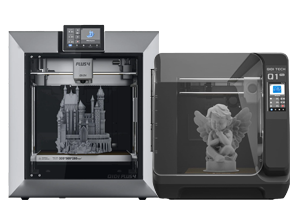

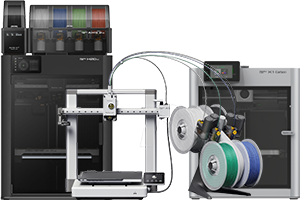
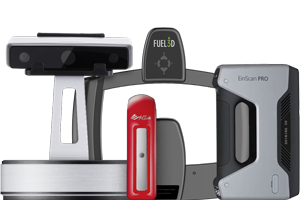
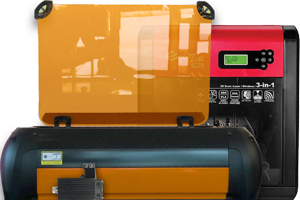

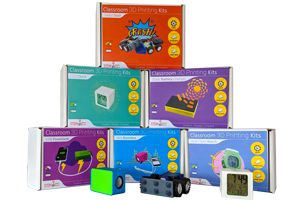
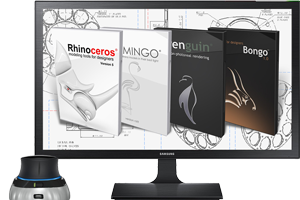
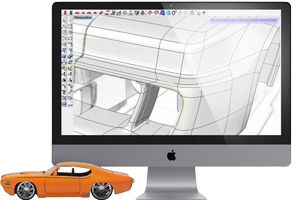
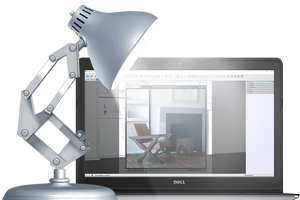
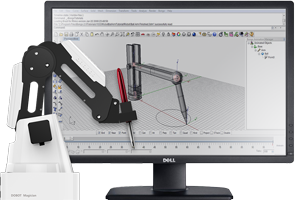
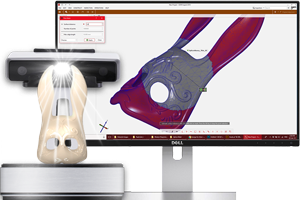
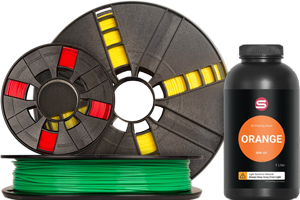

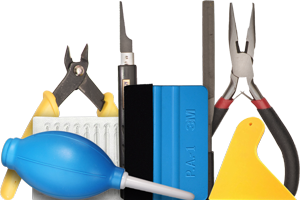
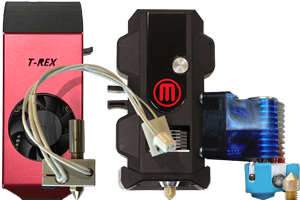
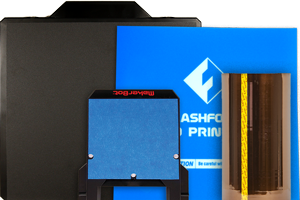
 You’ve heard of 3D systems and its new desktop printer, the Cube.
You’ve heard of 3D systems and its new desktop printer, the Cube.



Ken Hutt
August 10, 2013
I am interested in a dual head Creatr and am Ken to know access to the consumables, are they specialized to the company or readily available in Australia (Adelaide) what lead times are required from order to delivery,
Ken Hutt